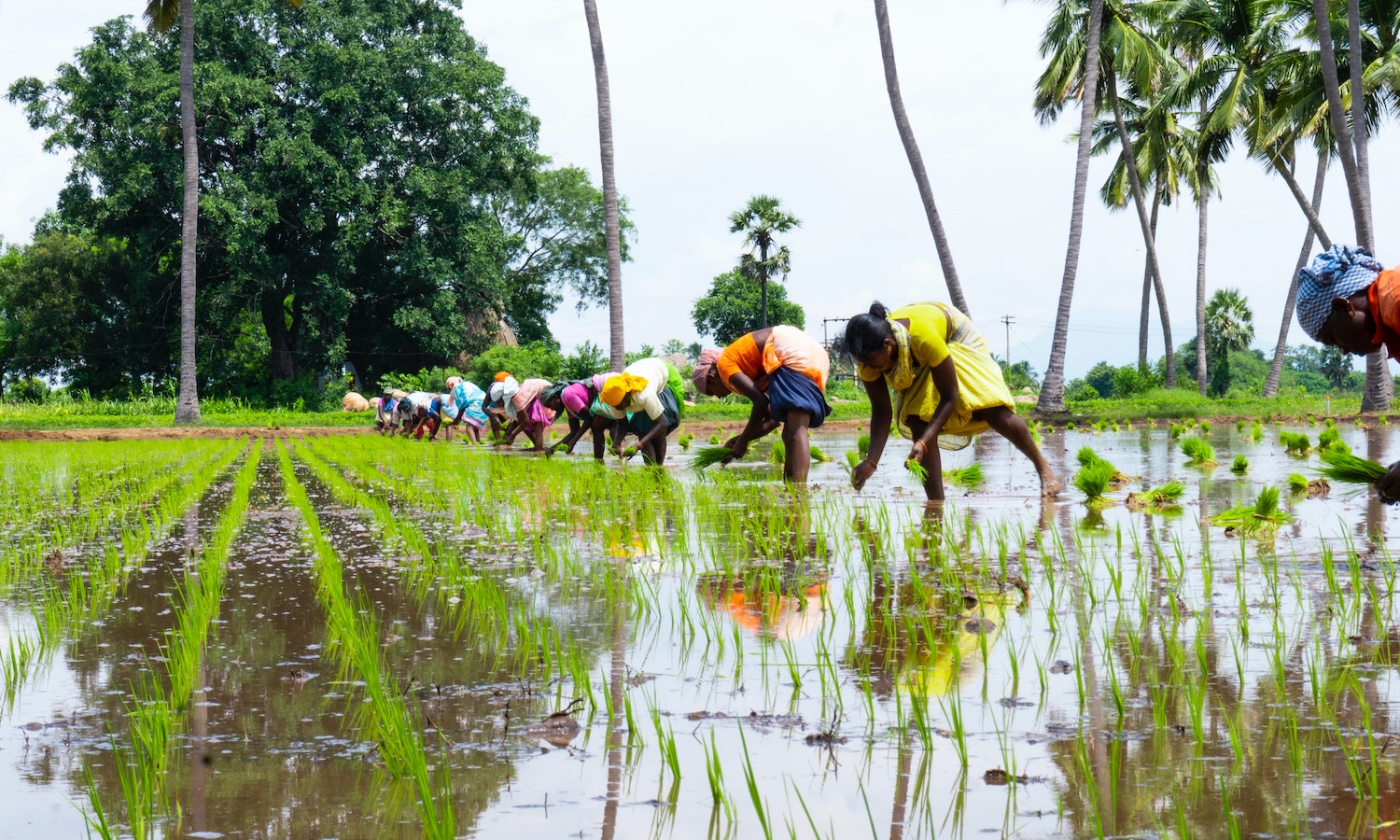A recent report from the U.N. Food and Agriculture Organization reveals that gender inequality is responsible for a productivity gap of 24 percent between male and female producers who operate farms of the same size. To close the gender gap, the authors outline five recommendations to improve equity for women.
The report, ‘The Status of Women in Agrifood Systems,’ reveals that continual gender gaps in agri-food systems support rising food and nutrition insecurity for millions of women. It finds that women employed in agriculture earn 82 cents for every dollar that men earn. Additionally, their working conditions are likely to be irregular, informal, part-time, low skilled, or labor-intensive. Women also have less secure tenure over land, less access to credit and training, and work with technologies designed for men.
“Increasing women’s empowerment is an explicit objective in and of itself and is important for women and communities’ well-being,” FAO Deputy Director of Inclusive Rural Transformation and Gender Equality, Lauren Phillips tells Food Tank.
The report reveals that lack of access to land impedes women’s control over essential resources. These resources include land, irrigation, extension services, livestock, and finance. Additionally, it examines how discriminatory social norms, policies, and regulations constrain women’s empowerment.
The strategies aimed at eliminating these issues should concentrate on reducing the asset and resource disparities, the authors argue. This demands a range of approaches that target policies to address women’s needs, as well as bottom-up approaches that fight discriminatory conventions and empower women at the collective and individual levels.
“The report has several calls to action which focus on how to scale and increase the impact of development interventions for greater empowerment of women and gender equality,” Phillips says.
It highlights the importance of intervening with proven approaches to closing gender gaps in productivity, wages, and assets. And the report also emphasizes alternative approaches, including interventions that address care and unpaid domestic work burdens.
The report argues that these gender transformative approaches to development, which engage with and seek to change discriminatory customs and behavior, are effective and low-cost. Phillips explains, “They do this through changing mindsets and practices about women’s work, care burden, and other elements by engaging with both women and men, and by engaging local and national policy makers in discussions about women’s experiences, interests and ambitions.”
Together, these actions may increase global GDP, strengthen food systems and food security, and raise incomes for women. Additionally, increased attention to gender-transformative approaches to development have the potential to alter the discrimination that women in agriculture continually face.
According to the authors, following through with these changes has the potential to transform women’s’ role within the food system. “Increasing gender equality in agrifood systems by closing gaps in productivity and wages could increase global GDP by 1 percent or nearly US$1 trillion, or a third of African GDP,” Phillips tells Food Tank. “Using empowered and informed approaches could also increase the incomes of an additional 58 million people, and the resilience of an additional 235 million people,” she adds.
Currently, there are 126 million more women than men who face moderate to severe food insecurity. Furthermore, the gap between men and women’s food insecurity has increased from 1.7 to 4.3 percentage points between 2019 and 2021.
Phillips explains, “Increasing women’s productivity and wages in agri-food systems would have a significant impact on food insecurity because more than a third of women globally work in agri-food systems and depend on them for their livelihoods.”
Articles like the one you just read are made possible through the generosity of Food Tank members. Can we please count on you to be part of our growing movement? Become a member today by clicking here.
Photo courtesy of Deepak Kumar, Unsplash











